Switching Pharmacies: Essential Info You Must Provide for a Smooth Prescription Transfer
Controlled Substance Transfer Checker
Check Your Prescription Transfer Eligibility
Enter your medication details to see if it can be transferred between pharmacies.
Changing the place you pick up your meds can feel like a hassle, especially when you’ve got a mix of routine drugs and controlled substances. The good news? Knowing exactly what data to hand over makes the whole process as quick as a pharmacy drive‑through. Below you’ll find everything you need to gather, how the rules differ for different drug classes, and a step‑by‑step walk‑through that turns a potential headache into a painless switch.
Why you might need to switch pharmacies
People switch pharmacies for many reasons: a new job with a closer location, insurance network changes, better pricing, or simply a preference for longer hours. Whatever the motive, the transition hinges on a pharmacy transfer that complies with federal and state regulations. If you ignore the paperwork, you could face delayed refills, denied transfers, or even a lapse in therapy.
Key personal information you must provide
The first chunk of data the new pharmacy asks for is all about you, the patient. This information verifies your identity and ensures the prescription lands in the right hands.
Full name - exactly as it appears on your insurance card and driver’s license.
Date of birth - required for age‑restricted meds and to match the original prescription record.
Current address - some state boards tie prescription limits to geographic location.
Having a photo ID ready speeds up the verification step at the counter or over the phone.
Prescription details you’ll be asked for
Beyond personal info, the pharmacy needs the exact prescription data to locate the record in the previous pharmacy’s system.
- Medication name (brand or generic)
- Dosage strength (e.g., 10 mg) \n
- Directions for use (how often, with food, etc.)
- Prescriber’s name and contact info
- Original prescription number - often printed on the label or on the electronic record
- Number of refills remaining
If you’re unsure about any of these, a quick call to the old pharmacy can retrieve the missing bits before you start the transfer.
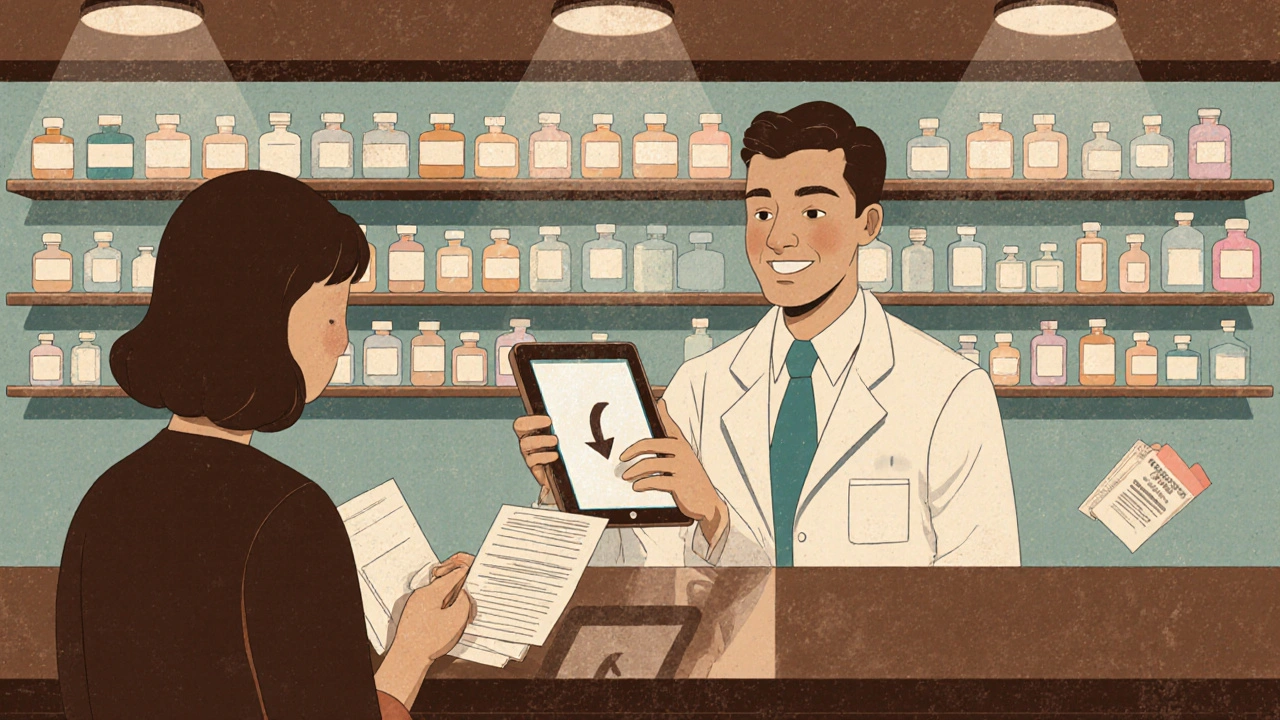
Special rules for controlled substances
The rules shift dramatically once a medication is classified as a Controlled Substance. The Drug Enforcement Administration (DEA) governs these drugs under the Controlled Substances Act (CSA) and issued a Final Rule (21 CFR 1306.25) that took effect on August 28 2023.
Here’s the quick breakdown:
- Schedule II - cannot be transferred at all. You’ll need a brand‑new prescription from your prescriber.
- Schedule III‑V - eligible for a one‑time‑only electronic transfer between DEA‑registered retail pharmacies. The prescription must stay electronic from start to finish.
- Non‑controlled drugs - can be transferred multiple times as long as refills remain.
Both the transferring and receiving pharmacists must record specific details: their names, DEA registration numbers, the date of transfer, and a note that the original prescription is now void. All records must be kept for at least two years.
Step‑by‑step transfer process
Follow these actions to keep the timeline under three business days for most medications.
- Confirm eligibility. Ask your current pharmacy whether the drug is a controlled substance and, if so, which schedule it falls under.
- Gather required personal and prescription info. Use the checklist above.
- Contact the new pharmacy. Give them the data and tell them you want an electronic transfer. If they use a different software system, remind them that the DEA’s rule allows cross‑system transfers as long as all required fields are transmitted.
- Authorize the transfer. The new pharmacy will submit a request to the old one. Some pharmacies may ask you to sign a short consent form.
- Wait for confirmation. The old pharmacy marks the original as “VOID” and sends an audit‑trail to the new location. You’ll usually get a call or text when the prescription is ready for pick‑up.
- Pick up your meds. Bring a photo ID and verify that the label matches the medication, dosage, and quantity you expected.
If any step stalls, request a written explanation from the pharmacy that denied the transfer. Federal law obliges them to give a valid reason.
Common pitfalls and how to avoid them
Even with the right paperwork, hiccups happen. Below are the most frequent snags and quick fixes.
| Issue | Why it Happens | Solution |
|---|---|---|
| Missing DEA registration number | The transferring pharmacy didn’t include its DEA number in the electronic packet. | Ask the old pharmacy to resend the transfer with the DEA number clearly listed. |
| All refills used | Prescription had zero refills left, which the system flags as non‑transferable. | Contact the prescriber for a new prescription before initiating a transfer. |
| State law conflict | State board imposes stricter limits than the federal rule (e.g., no Schedule III transfers). | Verify state‑specific rules with both pharmacies; you may need a new prescription. |
| Incorrect patient name or DOB | Data entry typo prevents matching the original record. | Double‑check your ID and correct any mistakes immediately. |
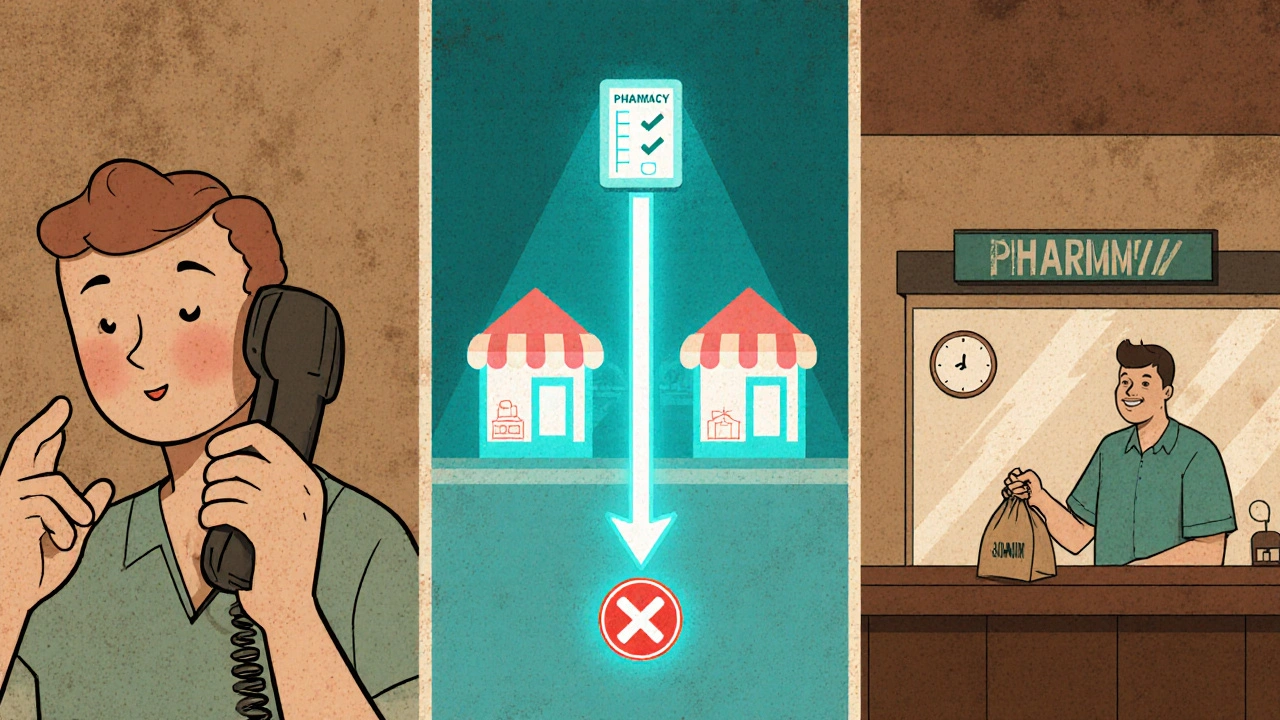
Checklist before you call the new pharmacy
- Full legal name, DOB, and current address ready.
- Exact medication name, strength, directions, and remaining refills.
- Prescriber’s name, DEA number (if it’s a controlled substance), and contact info.
- Know the drug’s schedule - especially for Schedule III‑V.
- Confirm that both pharmacies are DEA‑registered and use electronic prescription systems.
- Have a photo ID on hand for the pick‑up verification.
Run through this list once, and you’ll likely avoid the most common delays.
What to do if the transfer is denied
A denial can feel like a wall, but you have options. First, ask the pharmacy for a written reason. Common legitimate reasons include exhausted refills or a schedule that your state prohibits transferring. If the denial seems unjust, you can:
- Call the pharmacy’s manager for clarification.
- Speak with your prescriber about issuing a new prescription.
- Contact your state pharmacy board - they can mediate disputes when federal rules conflict with local regulations.
Document every phone call and keep copies of any written explanations; they’re valuable if you need to appeal later.
Frequently Asked Questions
Can I transfer a Schedule II medication?
No. Schedule II drugs cannot be transferred under any DEA rule. You must get a fresh prescription from your prescriber.
How long does a controlled‑substance transfer usually take?
Most pharmacies report 24-48 hours once all required data is submitted. Delays often stem from missing DEA numbers or state‑law conflicts.
Do I need to sign anything?
A brief consent form is common, especially for controlled substances. It simply authorizes the electronic hand‑off.
What if I move to another state?
Cross‑state transfers are allowed for Schedule III‑V only if both states have reciprocity agreements. Verify with the new pharmacy’s state board before initiating.
Is there a limit on how many prescriptions I can transfer?
Each individual controlled‑substance prescription can be transferred once. Non‑controlled meds have no federal limit, though some insurers may impose caps.


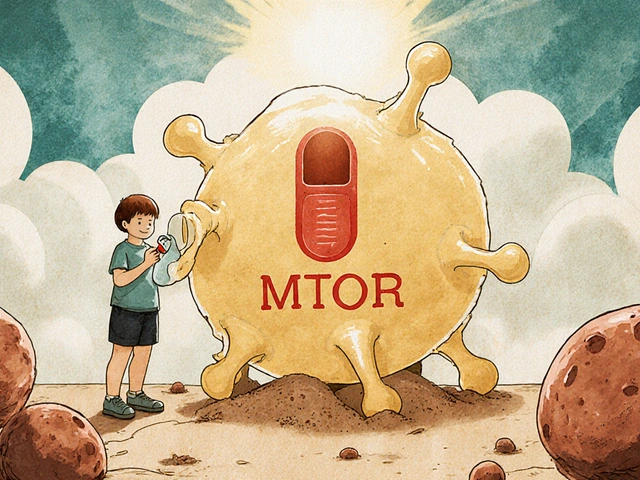

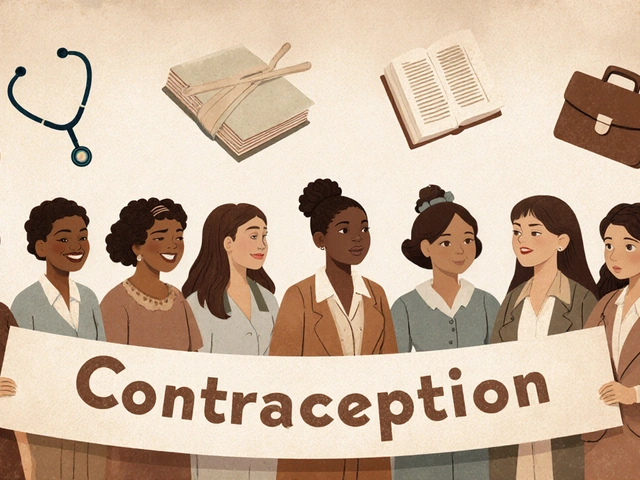
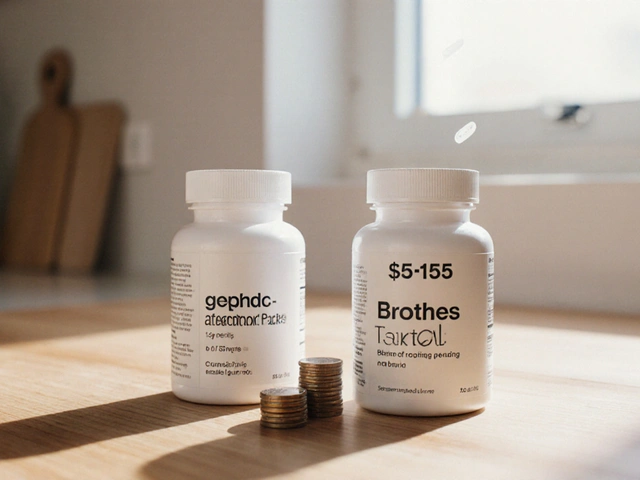
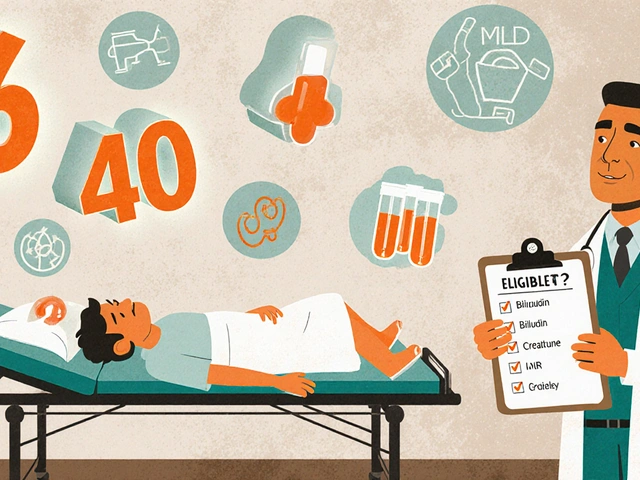
14 Comments
junior garcia
October 24, 2025 at 15:18
Wow, switching pharmacies can feel like a marathon, but it doesn’t have to be! Just grab your ID, name, DOB, and the exact prescription details, and you’re set. The DEA rules might look scary, but they’re just a checklist. Follow the steps and the transfer will be lightning‑fast!
Dason Avery
October 25, 2025 at 19:05
Think of the pharmacy transfer as a tiny adventure on the road to better health 🌟. Every piece of info you hand over is a stepping stone toward smoother refills. Keep that optimism glowing, and the whole process becomes a breeze. You’ve got this, and the meds will find you faster than you think! 😊
Casey Morris
October 26, 2025 at 21:51
Hey there, just wanted to add that the key to a painless transfer really lies in double‑checking every data point-your full legal name, date of birth, address, medication name, dosage, prescriber info, and especially the DEA registration numbers; any tiny omission can cause the whole thing to stall, and nobody wants that; so take a moment, compare the details on your label with what you’ll give the new pharmacy, and you’ll avoid the typical back‑and‑forth that frustrates both patients and pharmacists alike.
Teya Arisa
October 28, 2025 at 01:38
Dear community, I would like to emphasize the importance of preparing a comprehensive checklist prior to initiating a pharmacy transfer. Ensuring that your identification documents, prescription specifics, and prescriber contact information are readily available will facilitate a seamless transition. Moreover, maintaining a courteous tone with both pharmacy staff can foster cooperation and expedite the process. Please feel confident in following these guidelines, and may your experience be smooth and stress‑free. 😊
Kester Strahan
October 29, 2025 at 05:25
Yo, if you're lookin at the DEA ruleset, it’s basically a compliance matrix that syncs with e‑prescribing APIs. You gotta have the Rx number, schedule tag, and the pharmacy DEAnum in the HL7 payload. Miss one field and the system throws a validation error-no transfer, bro. So pull the Rx from your old pharmacy's portal, verify the schedule (III‑V is ok), and push that JSON through the bridge. That’s the tech flow.
Carla Taylor
October 30, 2025 at 09:11
Just remember to double check your address and DOB they’ll ask for it again and again 👍
Dahmir Dennis
October 31, 2025 at 12:58
Oh, look at you, thinking a pharmacy transfer is as simple as clicking a button-how naïve. You stroll into the pharmacy, hand over a flimsy piece of paper, and expect miracles, don’t you? The reality, dear reader, is a labyrinth of regulations that would make even the most seasoned bureaucrat sigh. First, you must verify whether the medication in question falls under Schedule II, because those are locked tighter than Fort Knox and cannot be transferred at all. If you’re dealing with Schedule III‑V, congratulations, you get a single electronic hop-one‑time‑only, as if the universe decided to be generous for a micro‑second. Then there’s the DEA registration numbers, those cryptic strings that every pharmacist pretends to understand but really just copy‑paste. Forget to include them, and you’ll get a polite “we cannot process” email that feels like a middle finger wrapped in corporate language. Moreover, the old pharmacy has to mark the original prescription as void, which means they’ll spend precious minutes scrolling through their portal, all while you stand there tapping your foot. And let’s not ignore state laws-some states throw extra curves, prohibiting even the permissible Schedule III‑V transfers, forcing you back to square one with a brand‑new script. By this point, you’ve probably already called your prescriber, who kindly writes another prescription, because why not add another layer to the saga? Meanwhile, the insurance company watches from the sidelines, ready to pounce on any discrepancy in the refill count. If you’ve used up all refills, guess what? No transfer, you’re out of luck, and the pharmacy will happily tell you that in a tone that could cut glass. All this to say, don’t be that person who assumes the process is a quick coffee run-prepare, double‑check, and pray the paperwork aligns, or else you’ll be stuck in a loop that feels endless. The best defense against such bureaucracy is a meticulously prepared checklist that you treat like a sacred oath. In the end, when the meds finally arrive, you’ll feel a smug triumph over the endless paperwork.
Jacqueline Galvan
November 1, 2025 at 16:45
Thank you for sharing this comprehensive guide; it serves as an invaluable resource for patients navigating pharmacy transfers. May I suggest adding a brief reminder to verify whether the prescriber’s electronic signature is up to date, as some systems reject outdated signatures. Additionally, confirming that the new pharmacy’s software supports the latest e‑prescribing standards can prevent unnecessary delays. These minor checks often make the difference between a smooth handoff and a frustrating wait.
Tammy Watkins
November 2, 2025 at 20:31
It is imperative, with the utmost conviction, that any individual intending to transfer a controlled substance meticulously confirms the drug’s schedule prior to initiating the process. Failure to do so not only contravenes federal law but also jeopardizes the continuity of essential therapy. I therefore advise patients to obtain explicit confirmation from their prescriber regarding eligibility for transfer, and to document this communication in writing. Moreover, should any pharmacy refuse a legitimate transfer, the patient possesses the right to file a formal complaint with the state board of pharmacy, thereby upholding regulatory compliance and patient safety.
Dawn Bengel
November 4, 2025 at 00:18
Honestly, if you’re not using American pharmacies that follow the proper DEA regulations, you’re just inviting chaos. Stick with US‑based stores that respect the law; everything else is a mess. 🇺🇸
Doreen Collins
November 5, 2025 at 04:05
That’s a solid tip-making sure your personal details are spot‑on really cuts down the back‑and‑forth. I’ve seen people lose a whole day because of a typo in their DOB, so double‑check before you call.
HILDA GONZALEZ SARAVIA
November 6, 2025 at 07:51
Could you also clarify whether the electronic transfer logs are accessible to patients for verification? Having a copy of the audit trail would be reassuring, especially when dealing with controlled substances.
Amanda Vallery
November 7, 2025 at 11:38
Fun fact: the DEA rule changed in 2023, not 2022.
Marilyn Pientka
November 8, 2025 at 15:25
From a compliance governance perspective, it is non‑negotiable that both transmitting and receiving pharmacists meticulously document the DEA registration, schedule classification, and void notation within the PHARMACIST‑MEDICATION‑TRANSFER (PMT) schema to satisfy statutory audit requirements.